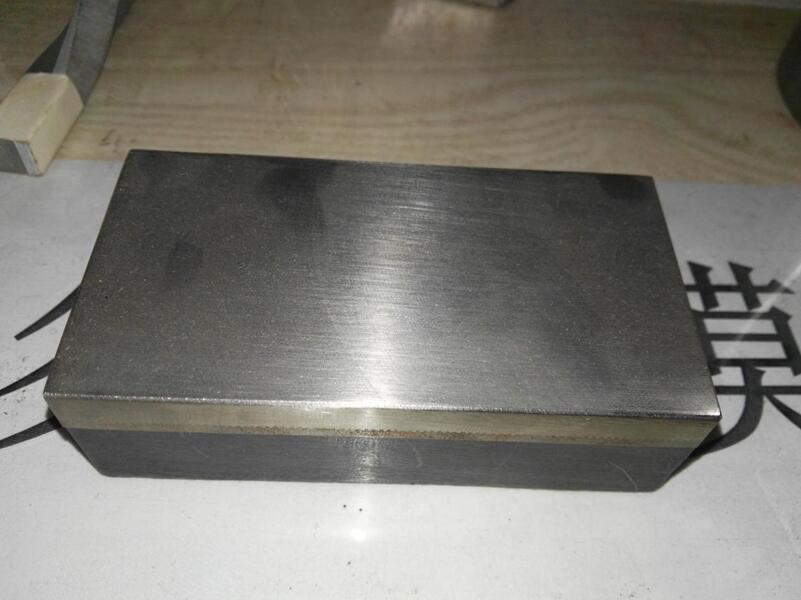
Aluminum-steel clad plates are often subjected to high temperatures and long-term effects during use (for example, they are used as anodes and cathodes in electrolytic smelting devices). Under these conditions, FeAl3 and Fe3Al5 intermetallic compounds are produced on the interface between aluminum and steel during welding, which will reduce the bonding strength. Therefore, using titanium as the intermediate layer can reduce the interfacial intermediate compounds and increase the strength of welded joints. Aluminum / Titanium / Carbon Steel Electrical transition joints for cathodic junctions still have reliable stability when they are used for a long time at 400 ℃. The bonding strength and conductivity of Aluminum / Titanium / Carbon Steel Electrical transition joints manufactured by Henan Chalco Clad remain unchanged when the service temperature reaches 450 ℃.











